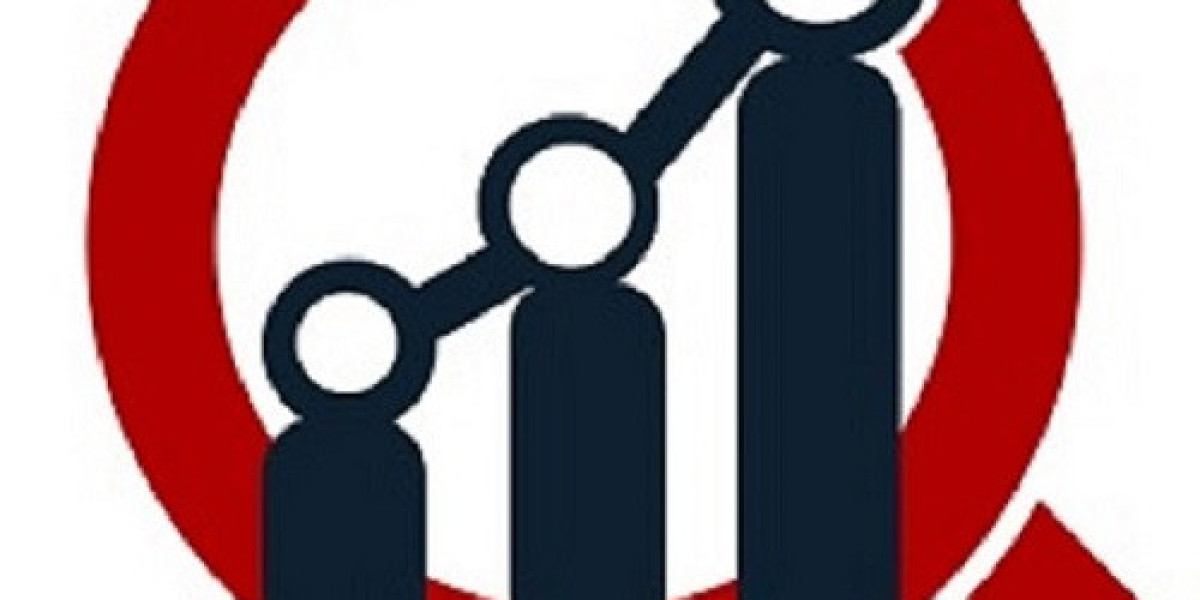The global Smart Exoskeleton Market was valued at USD 5.51 billion in 2023 and is projected to experience significant growth over the next several years. The market is expected to grow from USD 5.9618 billion in 2024 to USD 10.366 billion by 2032, exhibiting a compound annual growth rate (CAGR) of 7.16% during the forecast period from 2024 to 2032. This growth is largely driven by the increasing demand for industrial body support and medical applications.
https://www.marketresearchfuture.com/sample_request/7979
Key Drivers of Market Growth
- https://www.marketresearchfuture.com/sample_request/7979
- The demand for smart exoskeletons in industrial applications is a major driver of market growth. These devices are increasingly being used in manufacturing, construction, and logistics to enhance worker performance, reduce fatigue, and prevent injuries. Smart exoskeletons provide support to workers engaged in physically demanding tasks, improving productivity and reducing the risk of musculoskeletal disorders.
- Rising Medical Demand:
- The medical sector is another key area where smart exoskeletons are making a significant impact. These devices are being used for rehabilitation, physical therapy, and mobility assistance for individuals with physical disabilities or injuries. The growing aging population and the increasing prevalence of conditions such as stroke, spinal cord injuries, and multiple sclerosis are driving the demand for smart exoskeletons in medical settings. These devices help patients regain mobility, improve muscle strength, and enhance overall quality of life.
Market Segmentation
The Smart Exoskeleton Market can be segmented based on component, application, and region:
- Component: The market includes various components such as sensors, actuators, power sources, and control systems. Sensors and actuators are critical components that enable the exoskeletons to mimic human movements and provide the necessary support to the wearer.
- Application: Key application areas include industrial, medical, military, and others. The industrial segment is expected to dominate the market due to the increasing adoption of smart exoskeletons in heavy-duty tasks. The medical segment is also anticipated to grow significantly, driven by the need for advanced rehabilitation and mobility solutions.
- Region: The market is segmented into North America, Europe, Asia-Pacific, and the Rest of the World. North America is expected to lead the market due to the high adoption rate of advanced technologies and the presence of key industry players. However, Asia-Pacific is anticipated to witness the highest growth rate, driven by rapid industrialization, an aging population, and increasing healthcare investments.
Challenges and Opportunities
While the Smart Exoskeleton Market is poised for growth, it also faces several challenges:
- High Costs:
- The high cost of smart exoskeletons is a significant challenge, particularly in developing regions. The advanced technology and materials used in these devices contribute to their high price, making them less accessible to smaller enterprises and individuals.
- Regulatory and Safety Concerns:
- Ensuring the safety and reliability of smart exoskeletons is crucial, especially in medical applications. Regulatory approval processes can be lengthy and complex, potentially slowing down the market growth.
Despite these challenges, the market presents numerous opportunities:
- Technological Advancements:
- Continuous advancements in robotics, artificial intelligence, and materials science are expected to drive innovation in the Smart Exoskeleton Market. These advancements could lead to the development of more affordable, lightweight, and user-friendly exoskeletons.
- Expansion into Emerging Markets:
- The growing industrial and healthcare sectors in emerging markets present significant opportunities for market expansion. Increasing awareness and government support for rehabilitation and industrial safety initiatives are expected to boost the adoption of smart exoskeletons in these regions.
Get Related Reports:


